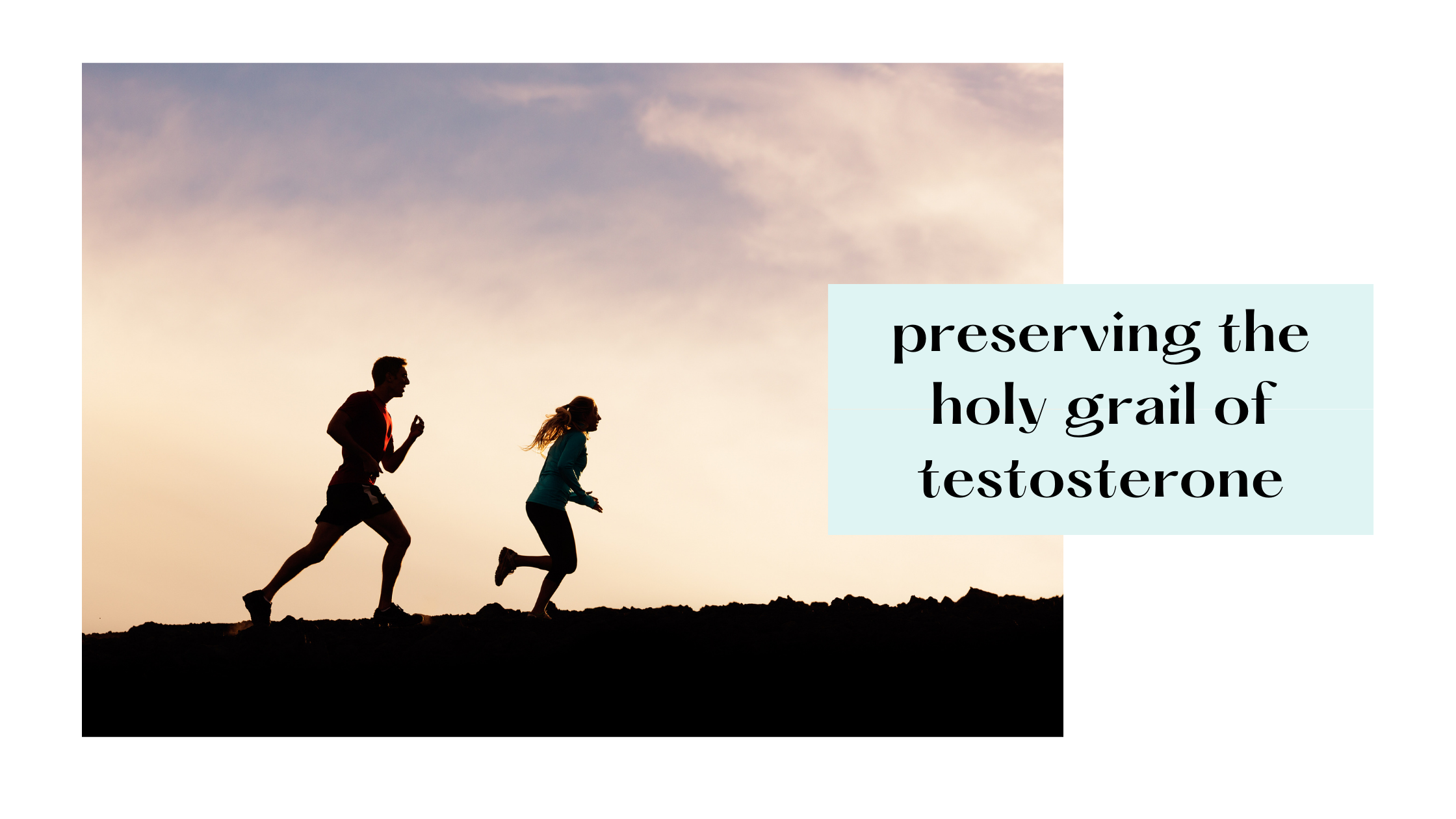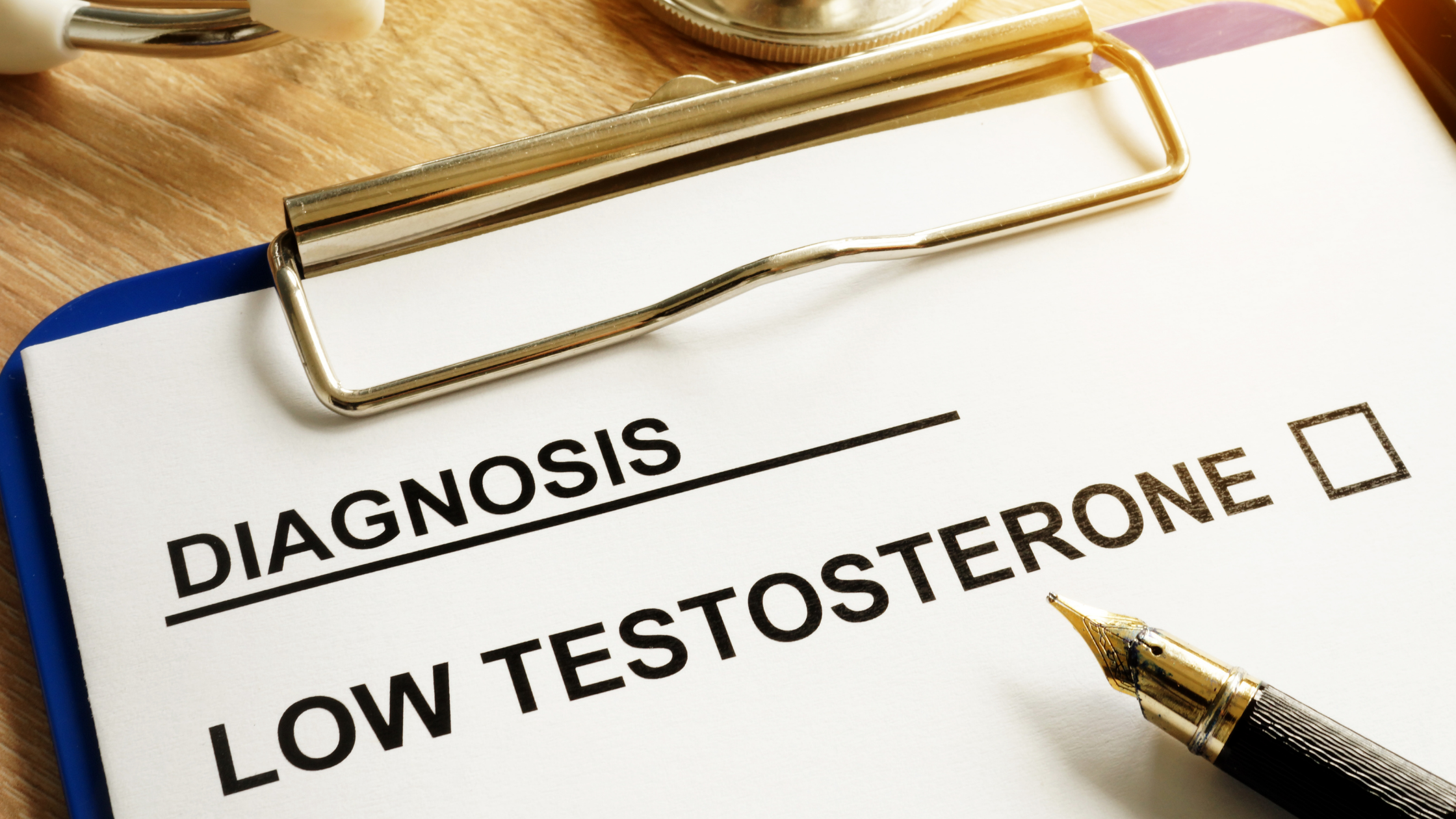
Supporting healthy testosterone levels is important for both men and women
Testosterone has a bit of a bad rap. It’s often considered the hormone responsible for macho or brutish behaviour, but it has a number of important functions for both men and women and needs to be in healthy balance (on its own and along with our other hormones) to avoid experiencing the ill effects of too little or too much testosterone.
Testosterone is an androgen and one of several key hormones for males, along with androstenedione, dehydroepiandrosterone, estradiol and other estrogens. In men, it plays an important role in the production of sperm, face and body hair, bone density, muscle growth, body fat distribution, red blood cell production and even mood. When boys go through puberty, it’s testosterone that’s responsible for the voice dropping, reproductive organs maturing and hair growth.
How does aging impact testosterone levels?
Over time, testosterone levels gradually decrease; beginning around age 40, total testosterone levels fall approximately 1.6% per year while free and bioavailable levels fall by about 2–3% annually.¹ The difference between these types of testosterone in the body is based upon their activity and exist in two forms: bound and unbound. Most testosterone is bound to plasma protein while around 2-3% of total testosterone is unbound and known as free testosterone. Testosterone that’s bound to albumin has androgenic potential, whereas testosterone bound to sex hormone binding globulin (SHBG) is essentially inactive. Bioavailable testosterone refers to both free testosterone and the testosterone that’s bound to albumin.
When we examine hormone levels with diagnostic testing at Divine Elements, we look at each of these types of testosterone (alongside other relevant markers) to determine their behaviour and potential effect on the body.
As we age, if testosterone levels drop significantly enough to cause symptoms, you may be experiencing andropause; this is similar to menopause in women, with the primary difference being that it does not cause infertility in men.
Potential signs and symptoms of andropause:
- Hair loss or thinning of hairline
- Mood swings
- Increase in body fat
- Low energy levels
- Loss of / reduced sex drive
- Reduced muscle mass
- Fatigue
- Brain fog
- Erectile dysfunction
- Loss of confidence and vitality

Lifestyle choices that impact testosterone levels
Low levels of testosterone are not always attributed to aging or genetics; our lifestyle and nutritional choices impact these hormones and can be responsible for lowered testosterone levels in both men and women. Alcohol and tobacco use, excessive caffeine, chronic stress and obesity have all been shown to cause testosterone to drop. Additionally, hypertension, sleep apnea and type 2 diabetes are further risk factors for declining testosterone.² Type 2 diabetes is one of the leading causing of testosterone decline, as the hormones involved are inversely related.
Testosterone in women
In men, testosterone is produced in the testes as a result of signals from the pituitary gland at the base of the brain. As women don’t have testes, testosterone is produced in a number of different locations: the ovaries, adrenal glands, skin cells and fat cells. Women need testosterone for overall health, reproduction, growth, bone density, cognitive health and muscle development, but levels of this hormone are approximately 10-20 times less in women than they are in men.
The primary result of low testosterone levels in women is reduced sex drive, but it can also cause fatigue, mood changes and reduced energy levels, as well as a higher risk of osteoporosis and fractures.³
There are also a number of health issues caused by high levels of testosterone in women, including diabetes, insulin resistance, high blood pressure, high cholesterol, and heart disease. Excess testosterone can be responsible for causing polycystic ovarian syndrome (PCOS), though it’s not always the cause. PCOS interferes with a women’s menstrual period and can cause a number of symptoms, like ovarian cysts, acne, eczema, excess body hair, missed or irregular periods, as well as a higher risk of miscarriage and infertility.
Supporting testosterone and treating a hormonal imbalance
Testosterone therapy is available for those people who are unable to support healthy levels without the use of bio-identical hormones. However, a holistic approach should always be taken to address lifestyle and nutritional factors that may be influencing our hormones.
5 ways to naturally support testosterone:
- Maintain a healthy weight – eat well and incorporate an exercise routine that includes strength training or weight lifting.
- Work on your sleep hygiene – healthy sleep habits are critical in supporting balanced hormones. Be sure you’re getting quality sleep, consistently.
- Find your stress management tools – chronic stress has a significant impact on hormones; make time for meditation, journaling, or any other healthy habits that help you manage your stress.
- Vitamins, supplements and important nutrients – zinc, magnesium and selenium can help to support testosterone, naturally. Eat lots of dark, leafy greens, pumpkin seeds and flax seeds, and speak to your doctor about which supplements will be most effective for you.
- Avoid drugs and tobacco and limit alcohol intake – these substances have all been shown to have a negative effect on hormones, and put a greater stress on many of the body’s systems.
Focus on forming healthy habits, taking a proactive approach to your hormone health, and support your body and mind with holistic practices that nurture your body and help you find more balance. If you suspect you’re experiencing a testosterone imbalance, speak with one of our naturopathic doctors to help you develop an effective treatment plan.
Sources:


